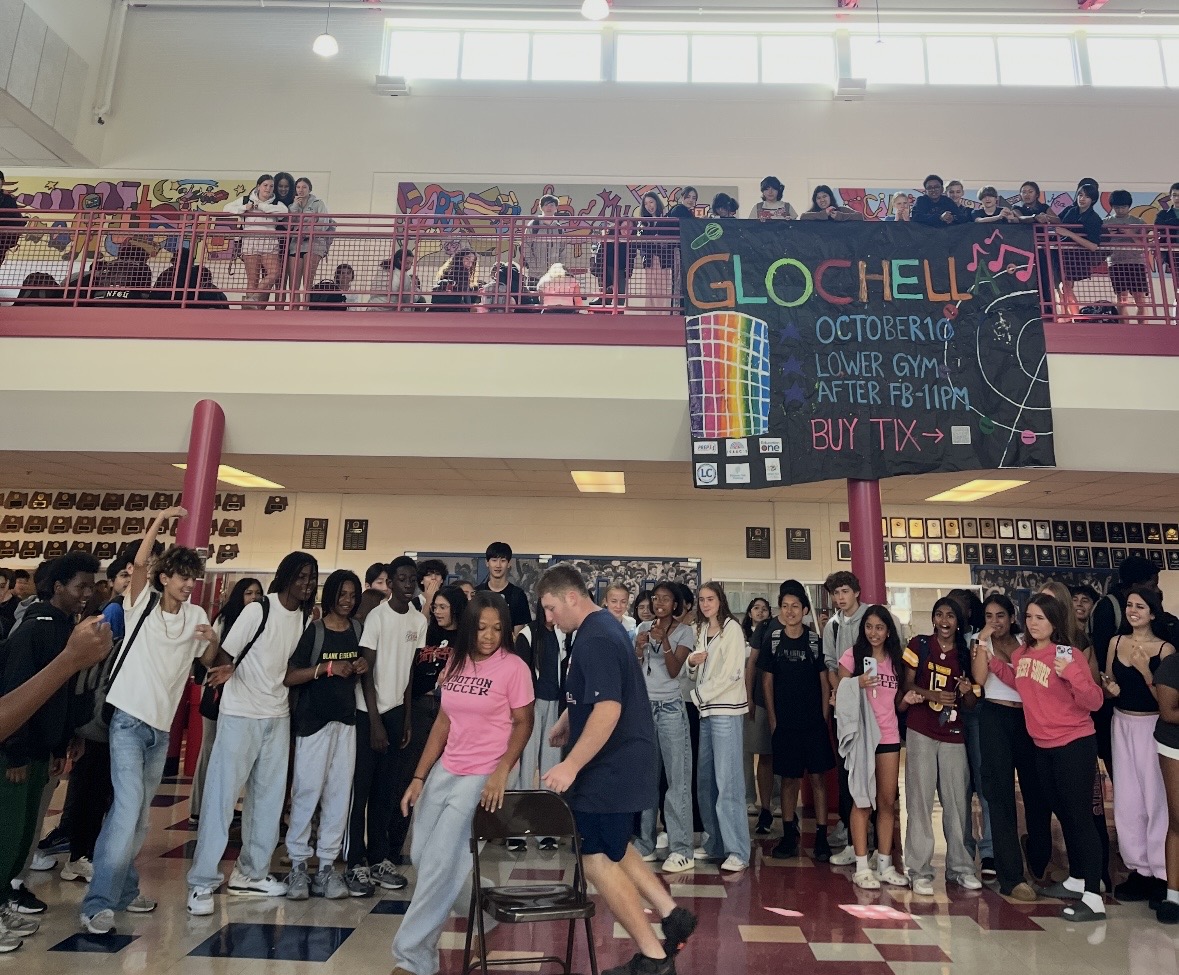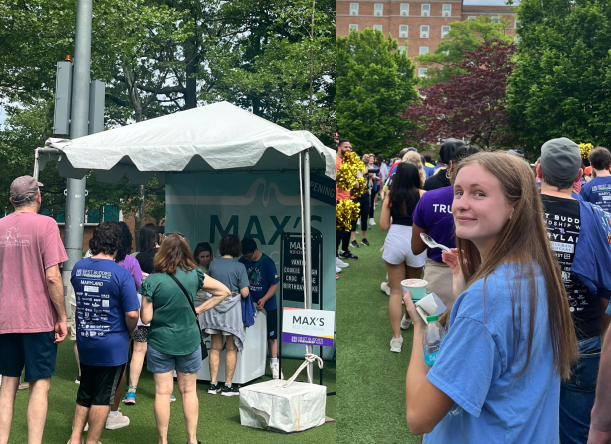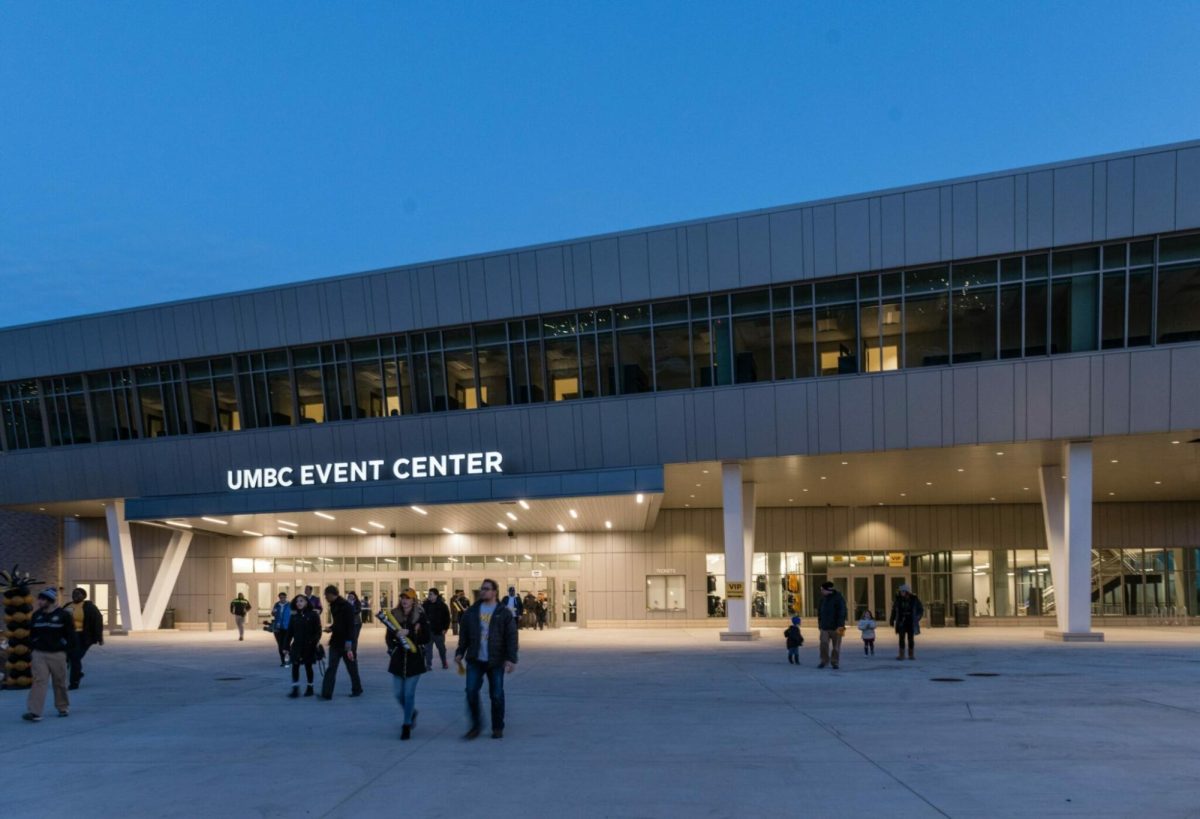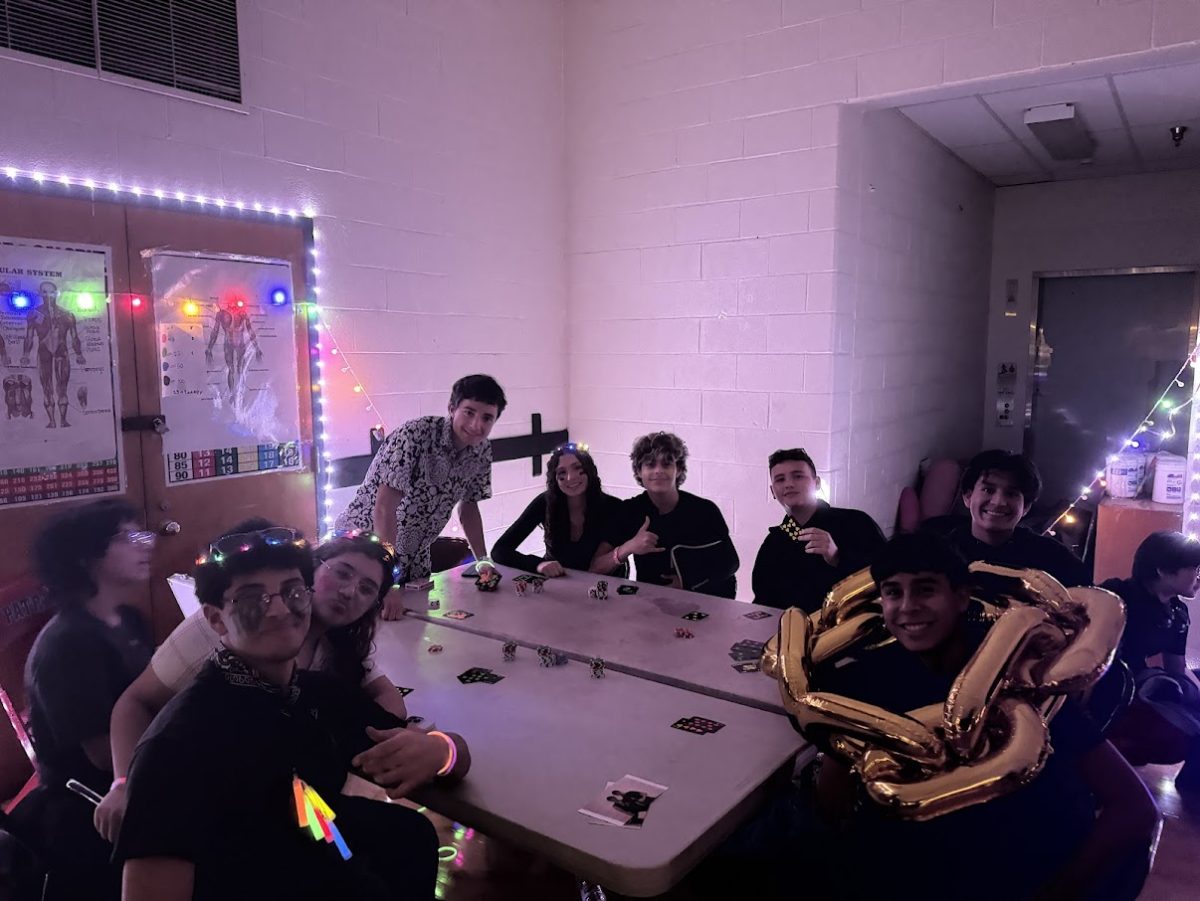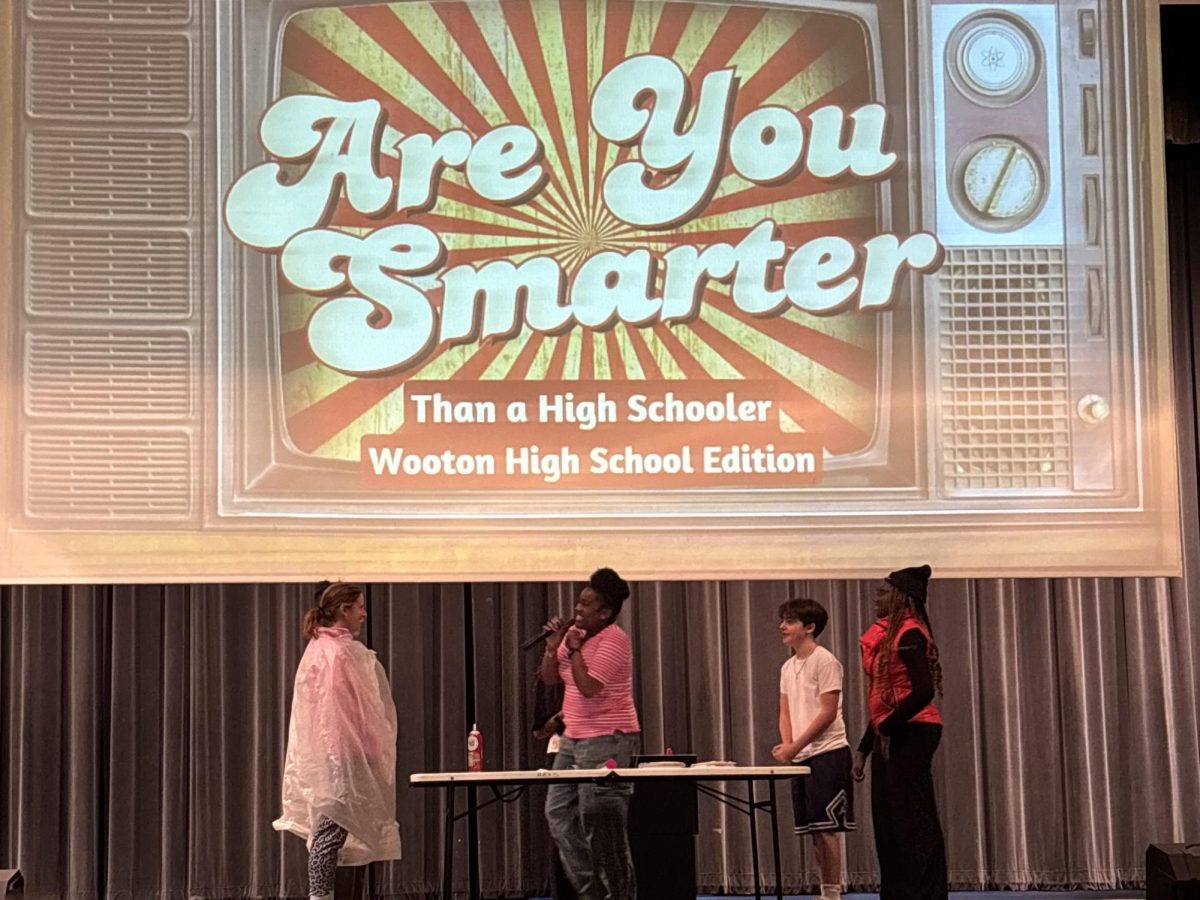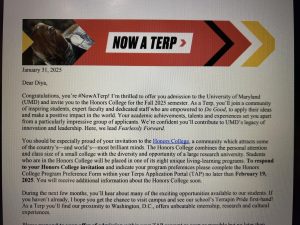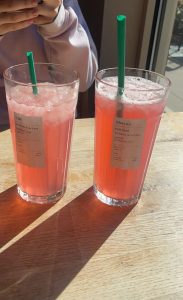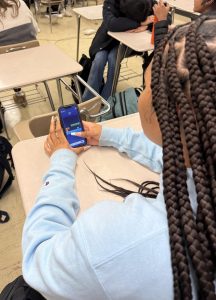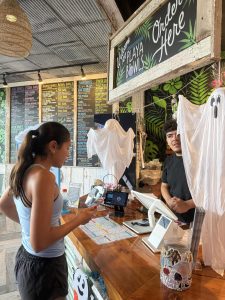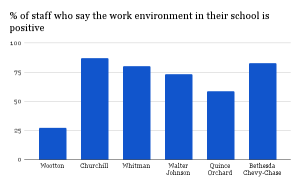Common Sense Responds: The truth behind violent protests
June 6, 2020
As of Saturday, June 6, all 50 U.S. states and 18 countries have participated in a series of Black Lives Matter protests, making this the largest civil rights movement in history even amidst the current global pandemic. All over social media, the acts of these brave demonstrators are shown. Those against the movement, however, want to focus on the violent parts of the protests, like the looting and rioting, instead of the bigger issue at hand- discriminatory treatment of minorities by police institutions. The majority of violent protests start out peaceful until a small action by a cop or a protestor triggers the violence. Some people might be wondering why people resort to violence. The answer is complicated.
African-Americans have been fighting for equal rights in America since the country was founded. Sometimes, the message of what they’re fighting for seems to get lost when property gets destroyed during protests. What people seem to forget though, is that throughout American destruction of property has been an effective tool for change. Author and Assistant History Professor at the University of Iowa Simon Balto explains to Time.com: “The Boston Tea Party—that was a group of political dissidents destroying property in political protest. Americans have been destroying property in pursuit of various political goals ever since, sometimes in the airing of legitimate grief and grievances such as violent and racist policing systems, sometimes over more nefarious motives. White people in Chicago rioted and destroyed Black people’s property practically once a year in the late 1940s and 1950s in order to drive out Black families who wanted to move into white neighborhoods. So when people say that what’s happening right now is “un-American,” they’re categorically wrong. It’s in the nation’s DNA,” Balto said.
Another major time in American history when rioting resulted in progressive change was in the 1960s. After the assassination of Martin Luther King Jr, 110 cities in America began to riot. These riots ended up causing $47 million in damage. It was on the sixth day of the riots, that the Civil Rights Act of 1968 was passed. Although a very small number of rioters now are rioting just for the sake of looting (like in Minneapolis a small group crossed state lines just to set fire to objects), others do so because they are filled with passion and hope that their actions will bring about change just like they have in the past. Martin Luther King III even tweeted that, “Riots are the language of the unheard”.
The truth is that some of the current riotings are not being done by the protestors themselves. Numerous videos have surfaced on Twitter showing cops destroying property, making it look like looters did it. Other videos show police officers stepping on water bottles set up for protestors to drink, tear gassing, shooting rubber bullets, and pepper spraying. These actions are harming, and even killing, demonstrators of all ages protesting peacefully. There are also countless videos of cops kneeling with protestors, then getting up and tear-gassing them as soon as they have gained their trust. When originally peaceful protestors respond by throwing objects back, the situation turns violent.
Violent actions from police are also why the term ACAB- all cops are bad- was coined. The phrase is not supposed to be taken literally. Of course, not all cops are bad. But if a good cop who witnesses injustices done by bad cops does not say anything about it, then that good cop is therefore also bad. Junior Iman Idressa, who supports the term ACAB, explains her thinking. “To me, the phrase “all cops are bad” is justified in the sense that yes there are some good people in the world who are cops, but where were they all these years when innocent people were being targeted and treated unfairly? People cannot live peacefully in a nation where only a small percentage of those meant to protect are good people,” Idressa said.
Senior Sufiya Van Gieson went to a protest in Rockville on June 5 and was prepared for it to get violent. “I was prepared to get tear-gassed, so I didn’t wear contacts or makeup. I had my hair back and I brought extra bandanas to cover my face more. I brought a first aid kit as well. I also wore good running shoes, long pants and I brought a jacket too. While I don’t think that violence should be the first resort, as a non-black person, it’s not my place to tell the BLM movement how to make their voices heard. Also, there have been peaceful protests for years on end and there was almost no response but it took about a week of riots for international voices to join us,” Van Gieson said.
Justice is now starting to get served, proving that protests, whether it was the peaceful or destructive ones that influenced the decision, are doing their job. Former Minneapolis police officer Derek Chauvin, murderer of George Floyd, along with former officers Thomas Lane, J. Alexander Kueng and Tou Thao, who were complicit, have all been arrested (with Chauvin now facing second degree murder charges, instead of third degree charges, due to riots ). The case of Breonna Taylor, who was shot in her bed eight times by the police who were looking for a suspect in her home, has finally been opened by the FBI months after the incident.
In order for all of us to recognize how social protests have shaped our country today, we must all become informed about the causes and consequences of these riots throughout our history. For more information, go to the Constitutional Rights Foundation to understand the different examples of protests throughout America’s history, specifically those directed at protecting African American rights. The first step to getting justice for all is to learn about what we can do to effectively promote positive change.


